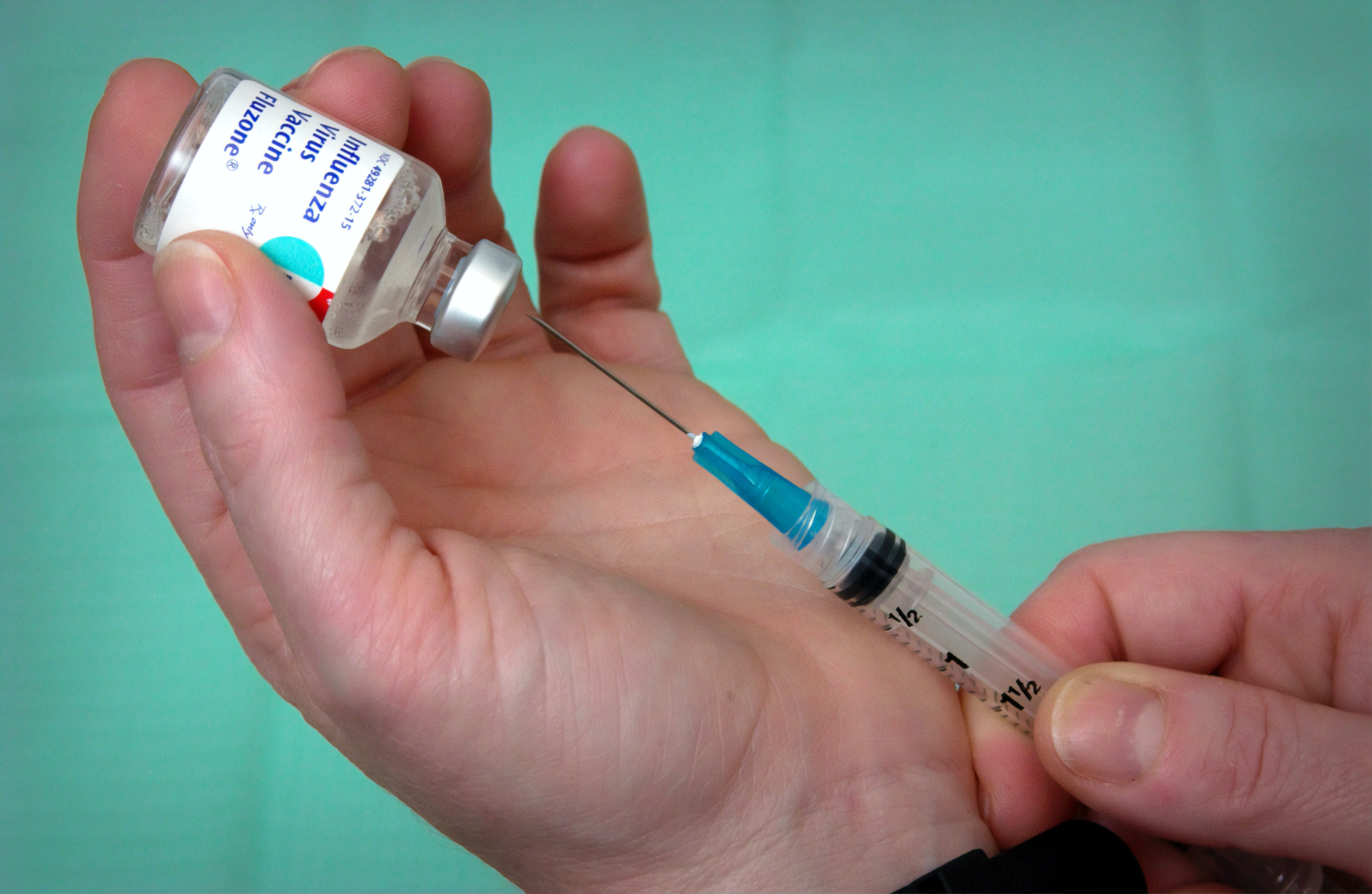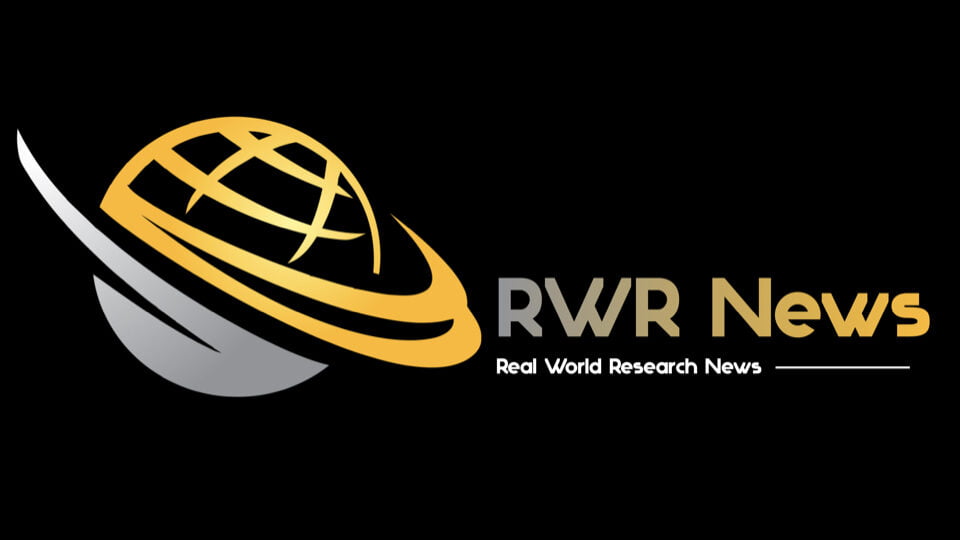
CONTEXT: Real world research showing value in rare disease research where RCTs cannot
generate the statistical power traditionally needed with so few available
patients. New methods to interpret the RWD will be required for HTAs and
payers to gain confidence in this new area for them. The challenge of
collecting data in a pandemic lockdown situation has, understandably,
forced us to think of other ways to collect real-world data.
READ TIME: 2 mins
*1. “As a result, life sciences companies are turning to novel methods of
collecting clinical data and innovative trial design.” *
*2. “The maze of expensive clinical trials a life science company must
navigate to reach that approval stamp takes an estimated average of 6-7
years, with a success rate (from clinical testing to approval) of less than
12%.” *
*3. “To solve this challenge, life sciences companies are factoring in
additional considerations when generating clinical data.” *
*4. “She says: “A randomized clinical trial is not always going to be a
feasible way to address a research question in rare disease because there’s
typically a smaller community of patients.” *
*5. “As a result, there are several barriers life science companies need to
overcome to benefit from RWE in clinical and commercial settings.” *
Source URL:
https://pharmaphorum.com/partner-content/real-world-evidence-breaking-boundaries-in-rare-disease/
